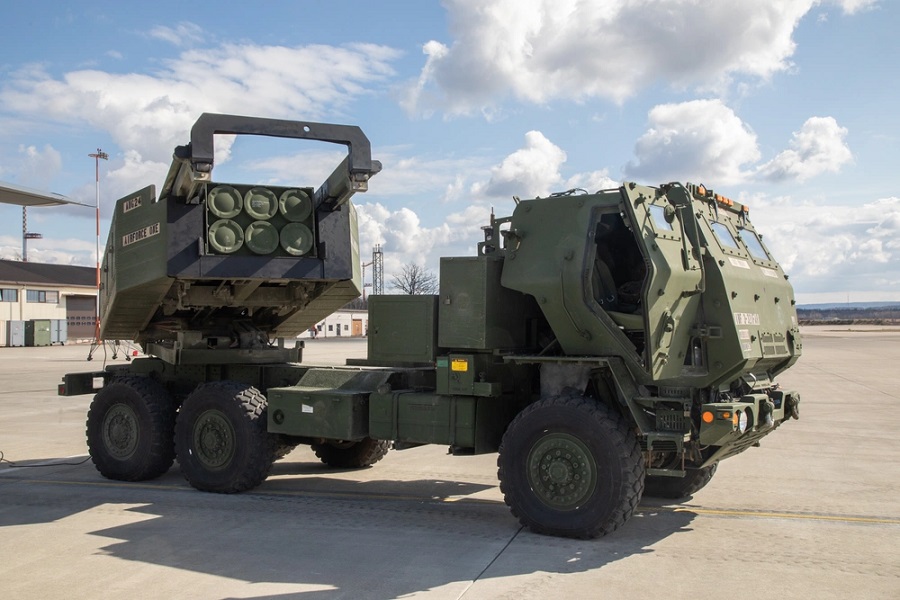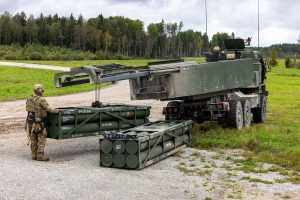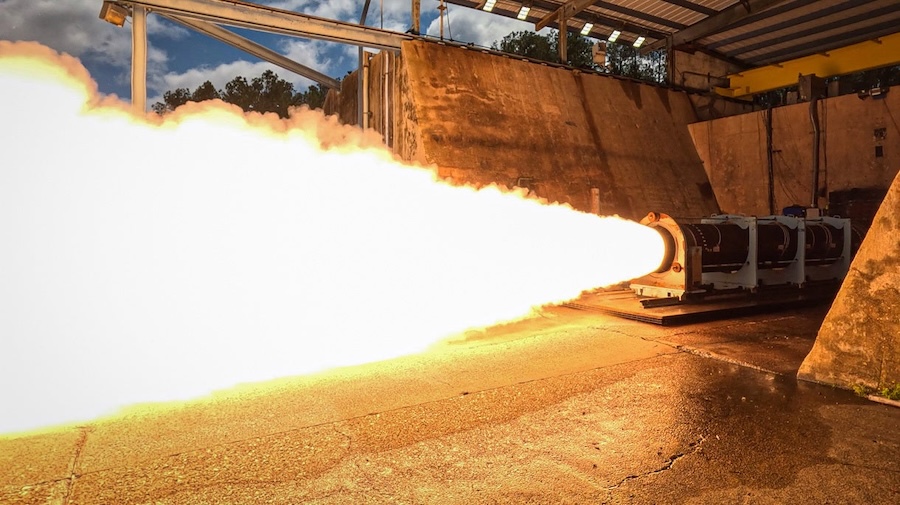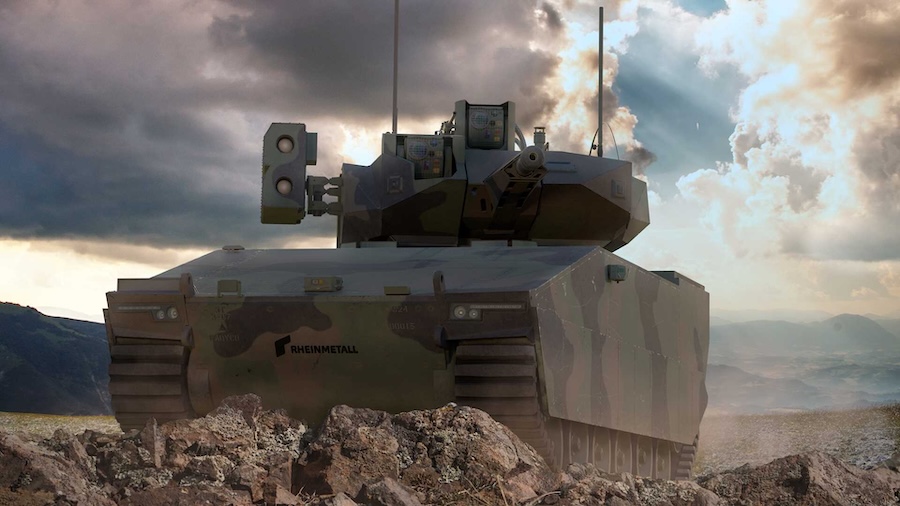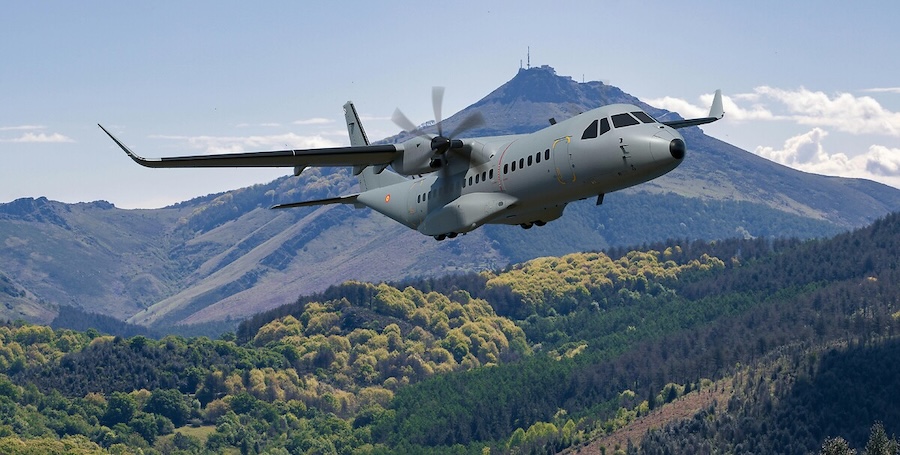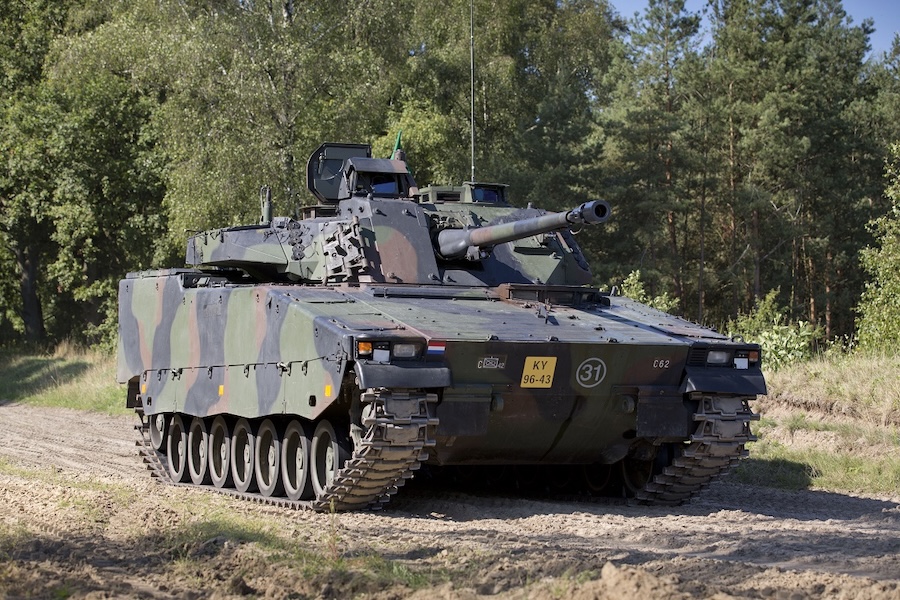During his return flight from the U.S. after the White House meeting between Donald Trump and Prime Minister Viktor Orbán, the minister highlighted that political obstacles previously imposed under the Biden administration had now been lifted. “The previous Democrat administration rejected even the fulfilment of planned acquisitions for which payment had already been made,” he said.
Szalay-Bobrovniczky noted that current talks with the Trump administration made it clear Hungary would be able to proceed with purchases where technological or equipment needs exist. “There is a list, a ten-year force development plan, which includes planned acquisitions in a wide range of areas,” he said. “Among these are solutions where the American is probably the best and most stable — this includes rocket artillery,” he added.
When asked whether HIMARS specifically is on the list, the minister responded: “Yes, the HIMARS rocket artillery system is a capability that can stretch Hungary’s strategic defence deterrence network further than it currently reaches. This would be of great value. Indeed, HIMARS is the technology that can be considered the most probable solution.”
In reference to earlier reports from 2023 suggesting Hungary could acquire 20–24 rocket artillery systems and 100 missiles, Szalay-Bobrovniczky clarified: “This is not the exact number, but in terms of scale, it is approximately what can be discussed.” He stressed that all acquisitions require prior U.S. congressional authorisation and that the process is lengthy even after approval.
The minister confirmed that preparatory talks had already taken place and that he had now engaged in direct discussions at the Pentagon. Regarding the timeline, he said a “3–5 year period is theoretically conceivable,” but noted HIMARS is in high demand and that “there is a queue” for procurement, so exact deadlines cannot be predicted.
Asked whether the total cost of the acquisition could reach or exceed 1,200 billion forints, the minister replied that it cannot yet be accurately determined. He explained that in addition to purchase prices, related infrastructure development, training, recruitment and other costs must be factored in. “So, this is a very complex system and will be a very complex procurement, and such an amount will also depend on the exchange rate, time and delivery deadlines,” Szalay-Bobrovniczky said.



